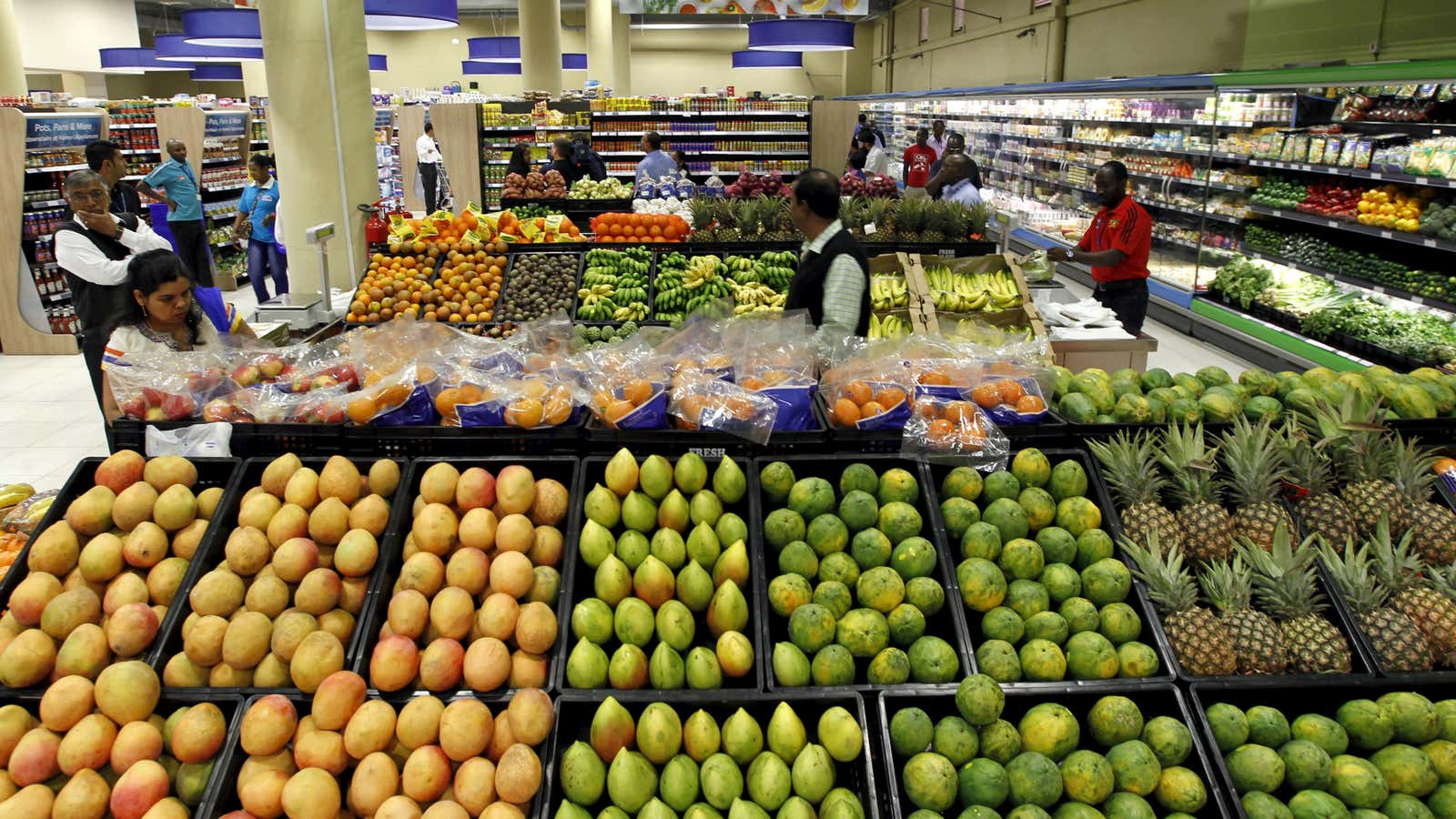Some of the world’s largest food companies and retailers today (Sept. 20) have agreed to standardize expiration labels on packaging, a move that will give consumers a better idea of how long they have before products go bad.
The new standardized system is meant to replace the dizzying array of labels the food industry currently uses to convey shelf life. So instead of seeing “sell by,” “use by,” “display until,” or “best before” language, shoppers within the next two years can expect to see most of the industry switch to “use by” or “best if used by” dates exclusively. The change is being made because confusing labeling has been determined to be one of the leading causes of food waste around the world. In the US alone, it is estimated that 40% of food that is purchased is wasted.
The companies making the switch include Walmart, Nestlé, Kellogg, Unilever, Tesco, and Campbell Soup. They also agreed to find ways to educate consumers (pdf) about waste.
“Standardizing food date labels is a simple and effective way to reduce the amount of edible food thrown out by households, saving them money and reducing their environmental footprint,” says a statement by the Consumer Goods Forum. “Food loss and waste is a major contributor to climate change, emitting 8% of annual greenhouse gases.”
The standardized labels will roll out in the US, the UK, and Japan initially. About 1.3 billion tons of food are wasted every year across the globe. In the UK, the average family tosses £700 (USD $947) of perfectly good food. In the US, that figure is about $1,500, according to the forum.
According to ReFED, a group combatting food waste, an $18-billion effort to achieve a 20% reduction in food waste would save 1.8 billion meals that go to landfills each year. That’s enough to feed America’s poorest population three times over, according to its findings.
Companies have been toying with creative ways to cut back on waste for some time. When carrot producers started noting consumers trashing ugly carrots, they created the baby carrot, a product that now accounts for about 70% of all carrot sales and doubled carrot consumption, according to the Produce Marketing Association. Still, adopting a single label is expected to strike at consumer confusion where it starts—directly on the package.
